Published on: April 17, 2024
AI Competitive Analysis: 2024’s Comprehensive Guide
Author: Inge von Aulock

AI in competitive analysis isn’t a trend anymore; it’s the new standard.
In 2024, the game has changed. The ability to harness AI for competitive analysis is no longer a luxury, but a necessity. This guide will arm you with the knowledge to leverage AI tools, like ChatGPT, to identify competitors, gather and analyze data, and stay ahead of the curve.
Think of AI as your secret weapon.
Ready to gain an edge in your industry? Let’s get started.
Harnessing AI for competitive analysis: A step-by-step guide
- AI’s role in competitive analysis is pivotal, transforming how businesses identify competitors and analyze their strategies.
- This guide will walk you through the process of using AI for competitive analysis, from identifying competitors to interpreting their data.
- You’ll learn about the AI tools that are revolutionizing competitive analysis and how to leverage them effectively.
Understanding the basics of AI in competitive analysis
Artificial Intelligence (AI) has become a game-changer in competitive analysis. It’s not just about automating tasks; it’s about making sense of vast amounts of data and uncovering insights that would be impossible to find manually.
According to a report by Deloitte, by 2025, 70% of organizations will use AI to augment or automate tasks for decision-making. [Source: Deloitte, “AI and Cognitive Technologies in Business,” 2021]
AI’s role in competitive analysis is to streamline and enhance the process of gathering and analyzing competitor data. It can:
- Sift through massive amounts of information
- Identify patterns
- Provide actionable insights
This ability to process and interpret data at scale gives businesses a significant advantage in understanding their competitive landscape.
There’s a wide range of AI tools available for competitive analysis. These tools can automate data collection, provide real-time insights, and even predict future trends based on historical data. They’re not just tools; they’re strategic assets that can give your business a competitive edge.

Step 1: Identify your competitors
The first step in any competitive analysis is identifying who your competitors are. AI can help to identify both direct and indirect competitors by analyzing:
- Market data: The most reliable insights always come from hard data. While conversations and sentiment can help, diving into the stats will be the most efficient way to identify competitors.
- Customer reviews: Meaningful insights come from the customers themselves. Reviews offer a honest takes on the competitor landscape.
- Social media chatter: Social listening is incredibly important. Observing the conversations taking place among your target audience will give you valuable insights and a comprehensive understanding of your current competitors.
Competitor segmentation is another crucial aspect of AI analysis. By segmenting your competitors into different categories, you can focus your analysis on the competitors that pose the most significant threat to your business.
This can be based on market share, which will indicate your most successful competitors. AI can automate this process, saving you time and ensuring a more accurate segmentation.

Step 2: Gather competitor data
Once you’ve identified your competitors, the next step is to gather data about them. AI can automate this process, pulling data from various sources such as:
- Websites
- Social media platforms
- Online reviews
Real-time data is crucial in competitive analysis. It allows you to react quickly to changes in the competitive landscape.
Our current online world means sentiment and opinion can change in a heartbeat. So, stay on the pulse. Acting quickly when something in your industry shifts, offering a commentary, or stating an opinion can help convert competitor customers to your customers. AI tools can provide real-time data, giving you a live snapshot of your competitors’ activities and allowing you to act quickly.
Step 3: Analyze competitor data
The final step in the process is analyzing the data you’ve gathered. This is where AI really shines. It can:
- Interpret large volumes of data
- Identify patterns and trends
- Provide actionable insights
AI’s ability to analyze data at scale is a game-changer for competitive analysis. It allows all businesses to understand their competitors’ strategies in a way that was previously impossible.
By identifying patterns and trends in competitor data, AI can identify opportunities and threats and provide insights that can inform your business strategy and give you a competitive edge.
Leveraging ChatGPT for competitive analysis
- ChatGPT’s capabilities in competitive analysis
- Practical tips for using ChatGPT in competitive analysis
Understanding ChatGPT’s capabilities in competitive analysis
ChatGPT, a language model developed by OpenAI, has been making waves in the AI industry for its ability to generate human-like text. But beyond its impressive conversational abilities, ChatGPT can also be a powerful tool for competitive analysis.
ChatGPT can be used to analyze competitor data by processing large volumes of text and extracting relevant insights.
For instance, it can scan through product reviews, social media posts, and other public data about your competitors to identify trends, strengths, and weaknesses. This can provide a wealth of information that would be time-consuming and difficult to gather manually.
The benefits of using ChatGPT for competitor data interpretation are numerous:
- Real-time insights: This allows businesses to react quickly to changes in the competitive landscape.
- Uncover hidden patterns and trends: These can often be missed by human analysts.
- Process and analyze data in multiple languages: This makes it a valuable tool for global, large-scale businesses.
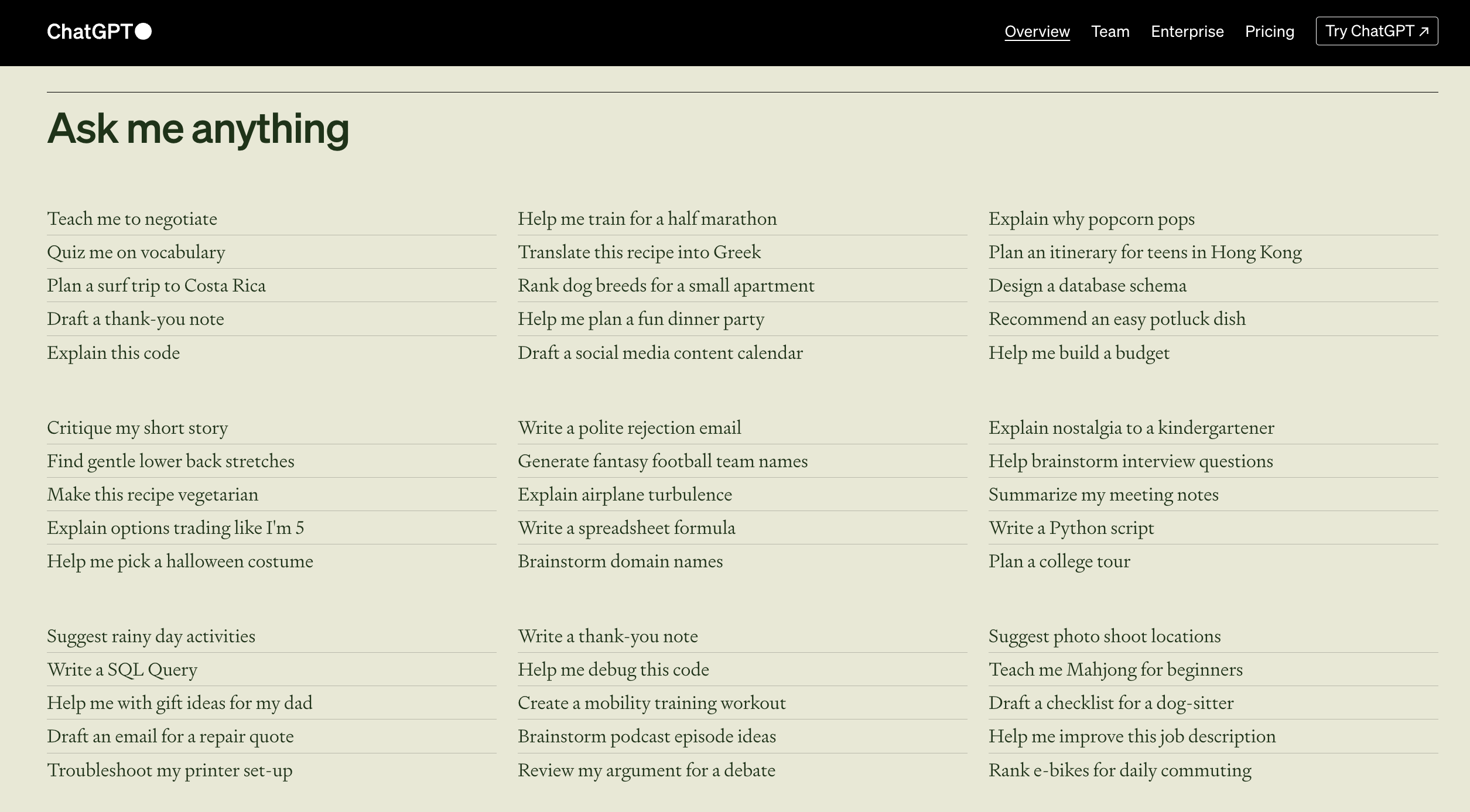
Practical tips for using ChatGPT in competitive analysis
To leverage ChatGPT for competitive analysis, use the following top tips:
- Define your objectives. Are you looking to identify your competitors’ strengths and weaknesses? Or are you interested in understanding market trends? Once you have a clear goal, you can feed relevant data to ChatGPT and let it do the heavy lifting.
- Gather data. This could be anything from product descriptions and customer reviews to social media posts and news articles about your competitors. Remember, the more data you provide, the more accurate and comprehensive the analysis will be.
- Analyze it. This involves feeding the data into the model and letting it generate insights. You can then use these insights to inform your competitive strategy.
To answer the question, “Can ChatGPT do a competitor analysis?” – Yes, it can. However, it’s important to remember that while ChatGPT is a powerful tool, it’s not a silver bullet. It should be used as part of a broader competitive analysis strategy, complementing other tools and techniques.
As for the question, “Which tool is best for competitor analysis?” – There’s no one-size-fits-all answer. The best tool depends on your specific needs and objectives. However, AI tools like ChatGPT are becoming increasingly popular due to their ability to process large volumes of data and generate actionable insights. Head over to our extensive library to find the tool for you.
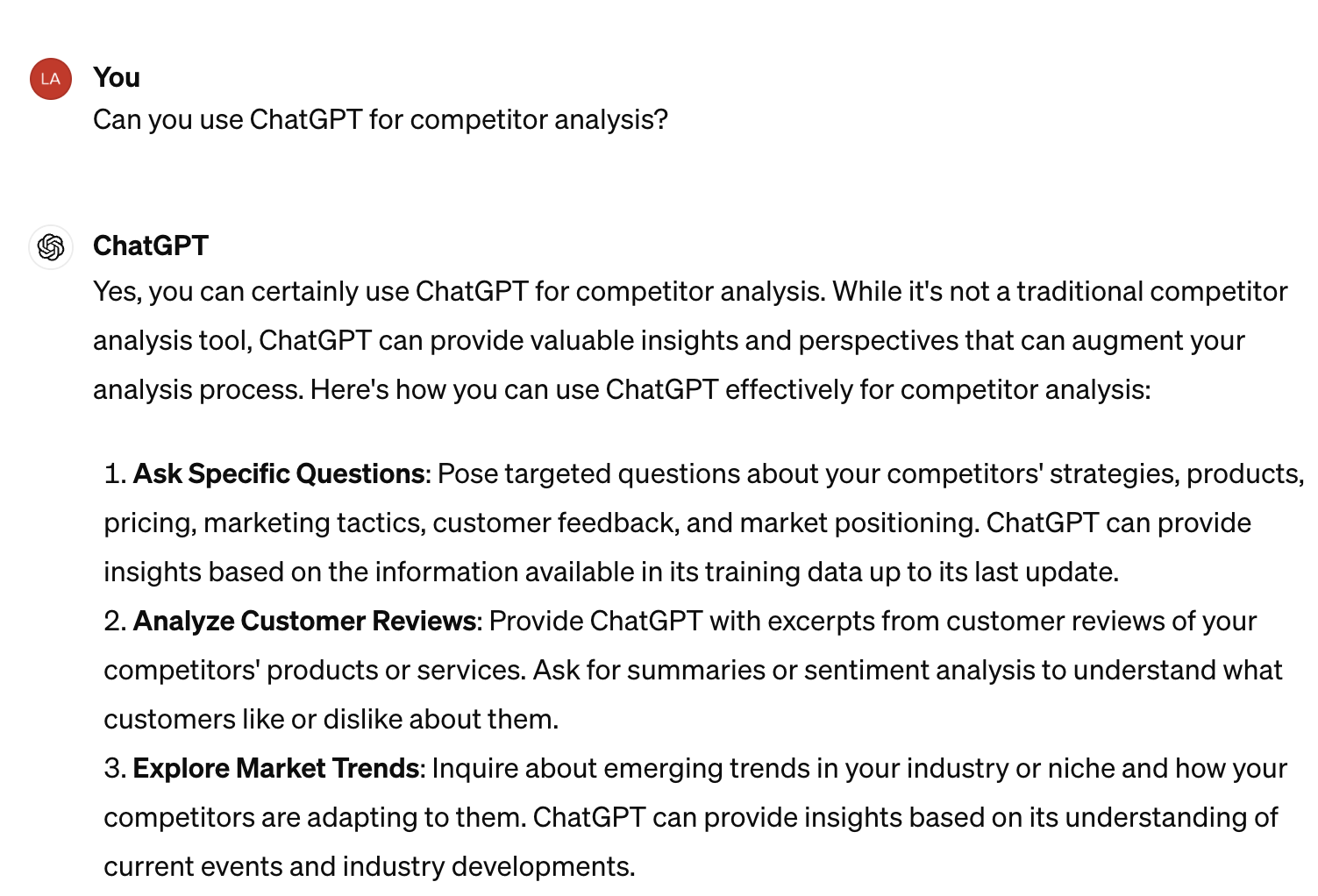
AI competitive analysis: trends and changes in 2024
- The rise of AI in competitive intelligence analysis
- The evolution of competitive AI in 2024
- Tips on leveraging AI for competitive intelligence analysis and staying ahead of the curve with competitive AI
The rise of AI in competitive intelligence analysis
Competitive intelligence analysis is the process of gathering, analyzing, and interpreting information about a business’s external environment. It’s a critical component of strategic planning, helping businesses:
- Anticipate market shifts
- Identify potential threats
- Uncover new opportunities
In 2024, AI has revolutionized this process, making it faster, more accurate, and more comprehensive. For instance, AI-powered tools can now analyze vast amounts of data in real-time, providing businesses with up-to-the-minute insights about their competitors. They can also predict future trends, allowing businesses to stay one step ahead of their rivals.
To leverage AI for competitive intelligence analysis, businesses should start by identifying their key intelligence needs. They should then choose an AI tool that can meet these needs, ensuring it has the necessary data access and analytical capabilities.
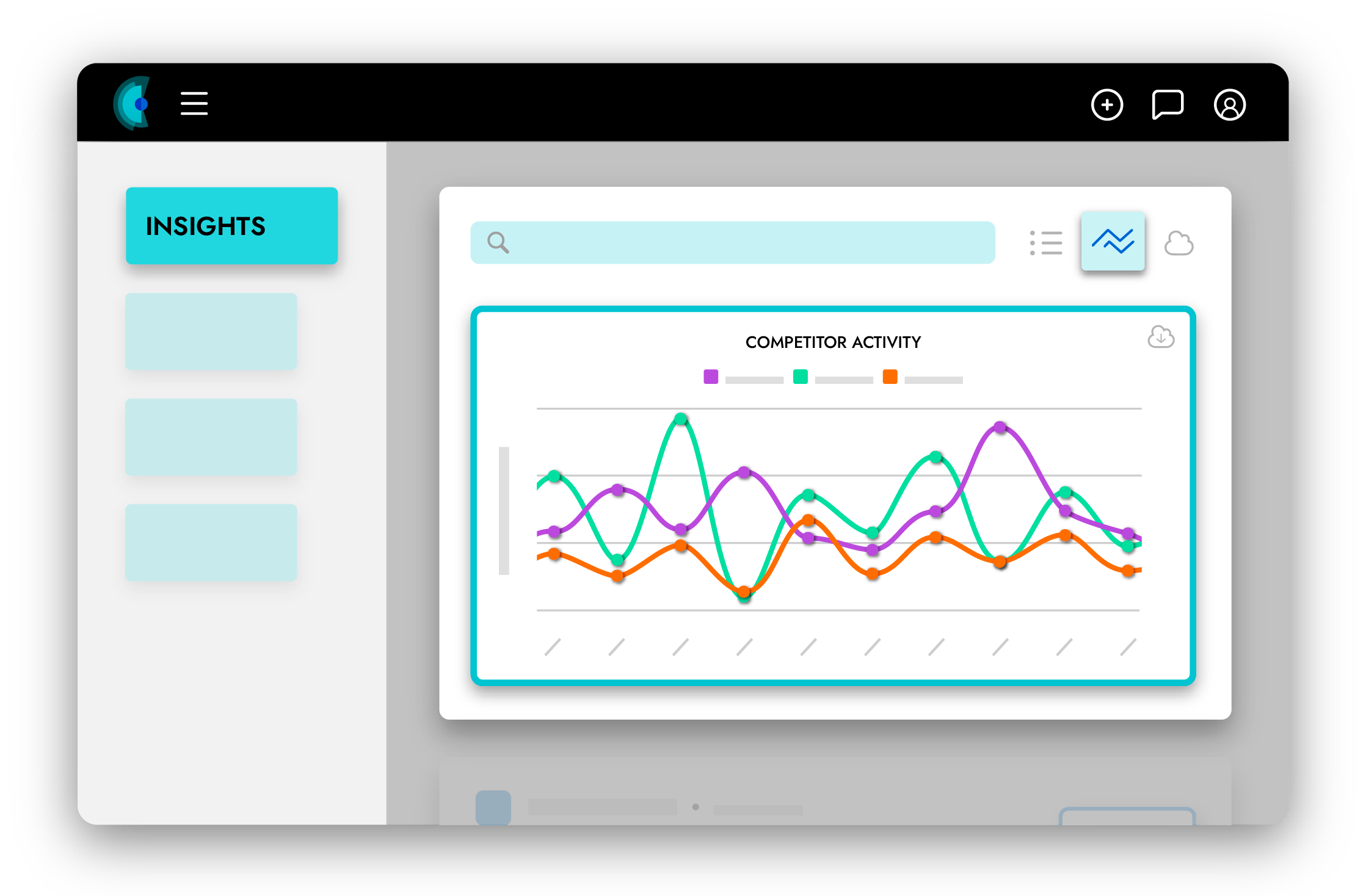
The evolution of competitive AI in 2024
Competitive AI refers to the use of AI technologies to gain a competitive edge in the market. It’s a rapidly evolving field, with new applications and techniques emerging all the time.
In 2024, competitive AI has evolved in a couple of key ways:
- It’s become more accessible: A growing number of businesses are adopting AI tools for tasks like data analysis, customer service, and product development.
- It’s become more sophisticated: Advances in areas like machine learning and natural language processing enable more complex and nuanced analyses.
To stay ahead of the curve with competitive AI, businesses should keep abreast of the latest developments in the field. They should also invest in ongoing training and development for their staff, ensuring they have the skills to effectively use and interpret AI tools.
Tips on leveraging AI for competitive intelligence analysis
AI can be a powerful tool for competitive intelligence analysis, but it’s important to use it effectively. Here are a few tips:
- Choose the right tool: Not all competitor analysis tools are created equal. Make sure to choose one that fits your specific needs and has a proven track record in your industry.
- Train your team: AI tools are only as good as the people using them. Invest in training to ensure your team can make the most of these tools.
- Stay flexible: The world of AI is constantly evolving. Be ready to adapt your strategies as new technologies and techniques emerge.
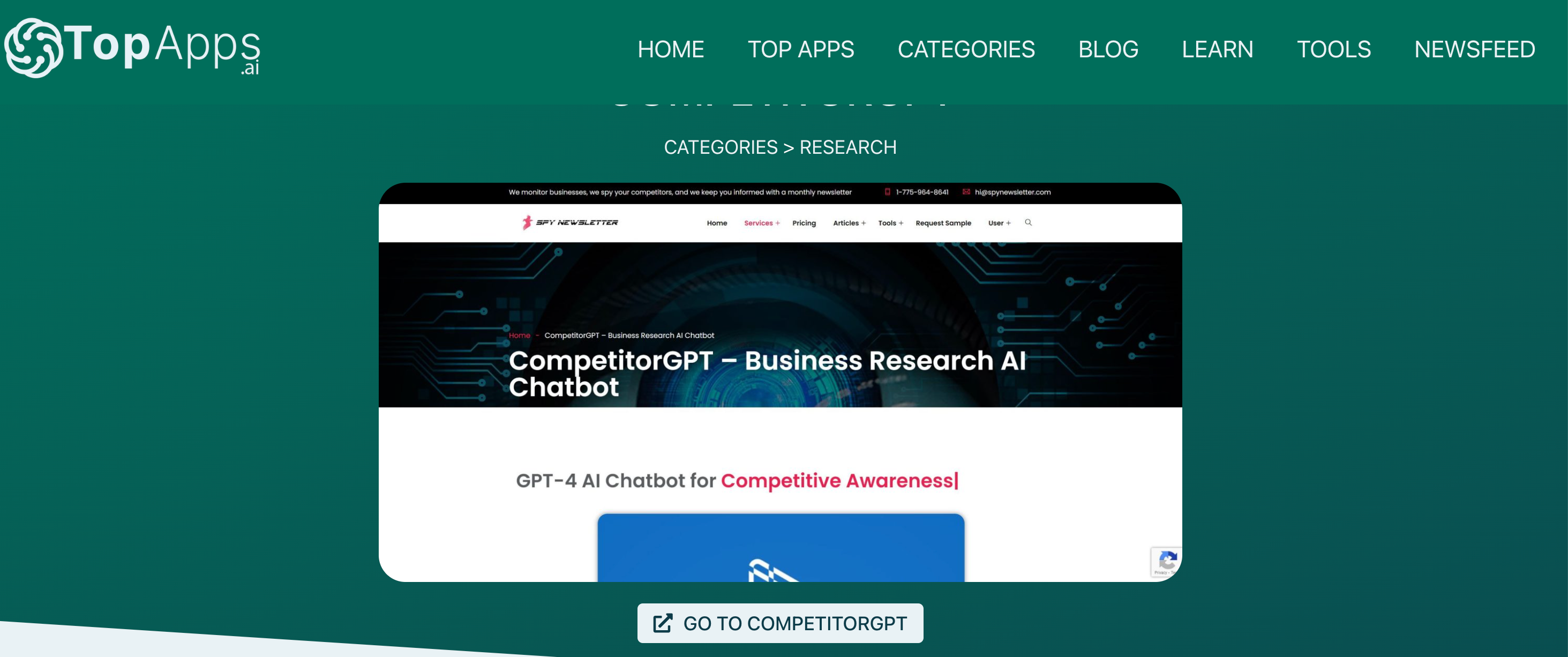
Tips on staying ahead of the curve with competitive AI
Staying ahead of the curve with competitive AI requires a proactive approach. Here are a few tips:
- Keep learning: The field of AI is constantly evolving. Stay informed about the latest developments by reading industry publications, attending conferences, and networking with other professionals.
- Experiment: Don’t be afraid to try new things. Experiment with different AI tools and techniques to see what works best for your business.
- Invest in talent: Having the right people on your team can make all the difference. Invest in hiring and retaining top AI talent.
Predictions for AI in competitive analysis: Looking ahead to 2025
AI will revolutionize competitive analysis in 2025, with new tools and techniques.
Businesses can leverage AI to gain a competitive edge.
AI will play a significant role in shaping competitive intelligence analysis.
The future of AI in competitive analysis
AI is set to revolutionize competitive analysis in 2025. With the rapid advancements in machine learning and data processing capabilities, AI is predicted to offer more precise and in-depth insights into market trends, competitor strategies, and customer behavior.
According to a report by Gartner, by 2025, AI is projected to create $3.9 trillion in business value and recover 6.2 billion hours of worker productivity globally. [Source: Gartner, “Gartner Predicts AI Will Create More Jobs Than It Eliminates by 2025,” January 2022]
To prepare for these future trends, businesses should start investing in AI technologies and upskilling their workforce. This includes training employees on how to use AI tools for data analysis and decision-making.
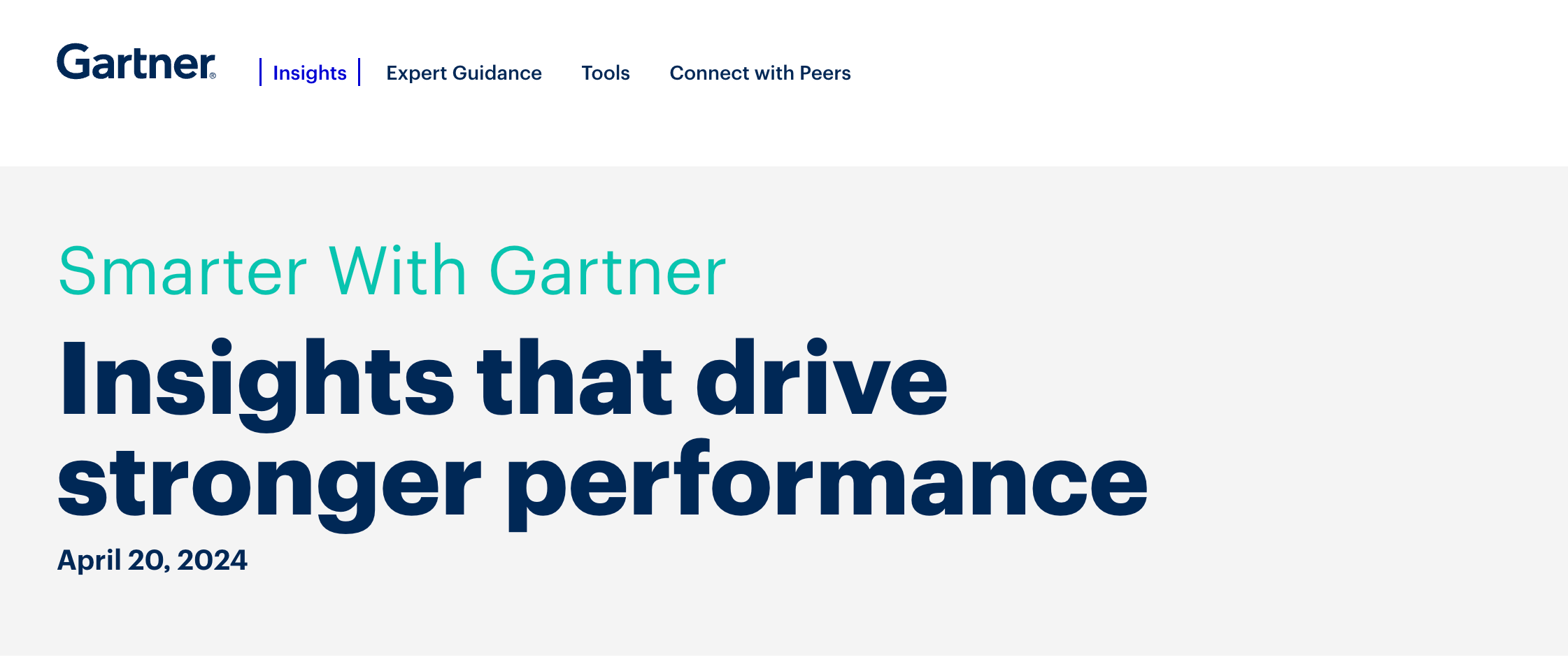
Leveraging AI for competitive advantage in 2025
AI can provide businesses with a significant competitive edge in 2025. By automating data collection and analysis, AI can help companies identify market trends and competitor strategies faster and more accurately.
According to a survey by McKinsey, companies that have fully integrated AI into their operations are 20% more profitable than their competitors. [Source: McKinsey, “The State of AI in 2022,” December 2022]
To integrate AI into your competitive analysis strategy, start by identifying the key areas where AI can add value. This could be in data collection, data analysis, or decision-making. Then, invest in the right AI tools and technologies that can help you achieve your goals.
The final word: AI’s role in competitive analysis
Harnessing AI for competitive analysis, leveraging ChatGPT, understanding the rise and evolution of AI in 2024, and looking ahead to 2025 – we’ve covered it all.
The value of AI in competitive analysis is undeniable. It’s not just about staying ahead of the curve, but about understanding the curve itself. AI tools like ChatGPT are revolutionizing the way we gather, analyze, and interpret competitor data, making the process more efficient and insightful.
Now, it’s your turn to put these insights into action. Start by identifying your competitors and gathering data. Use AI to analyze this data and identify patterns. Leverage ChatGPT for a deeper understanding of your competitive landscape. And most importantly, stay informed about the latest trends and changes in AI to ensure you’re always one step ahead.
So, how will you integrate AI into your competitive analysis strategy for 2025? Remember, the future of competitive analysis is here, and it’s powered by AI.
Stay curious, stay informed, and stay ahead. Because in the world of competitive analysis, the only constant is change. And with AI, you’re not just prepared for change – you’re leading it.
Inge von Aulock
I'm the Founder & CEO of Top Apps, the #1 App directory available online. In my spare time, I write about Technology, Artificial Intelligence, and review apps and tools I've tried, right here on the Top Apps blog.
Recent Articles

Learn how to use advanced search tools, newsletters, and reviews to uncover the perfect AI-focused podcast for you.
Read More
Explore the top beginner-friendly AI podcasts. Our guide helps non-techies dive into AI with easy-to-understand, engaging content. AI expertise starts here!
Read More
Explore the features of The AI Podcast and other noteworthy recommendations to kick your AI learning journey up a notch. AI podcasts won’t...
Read More